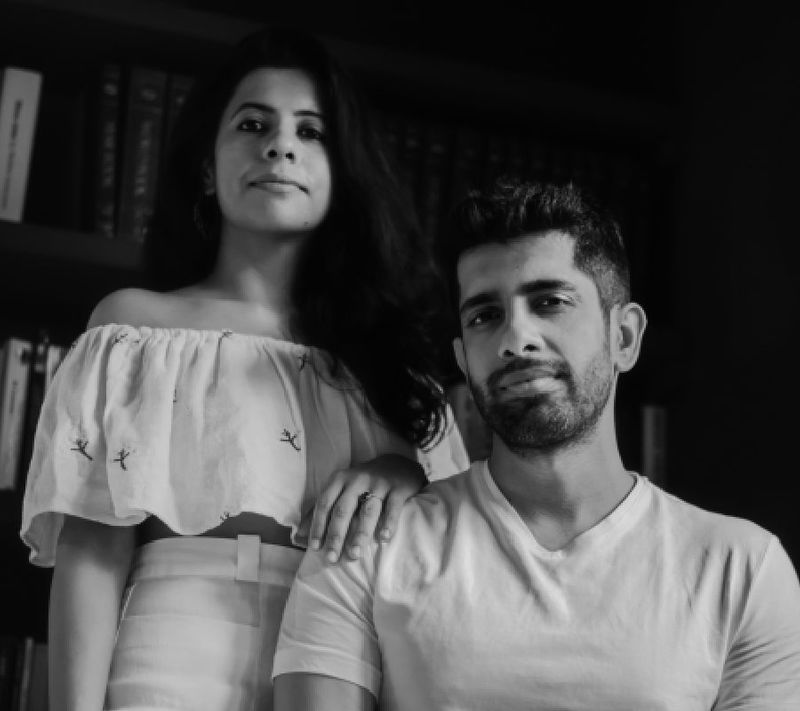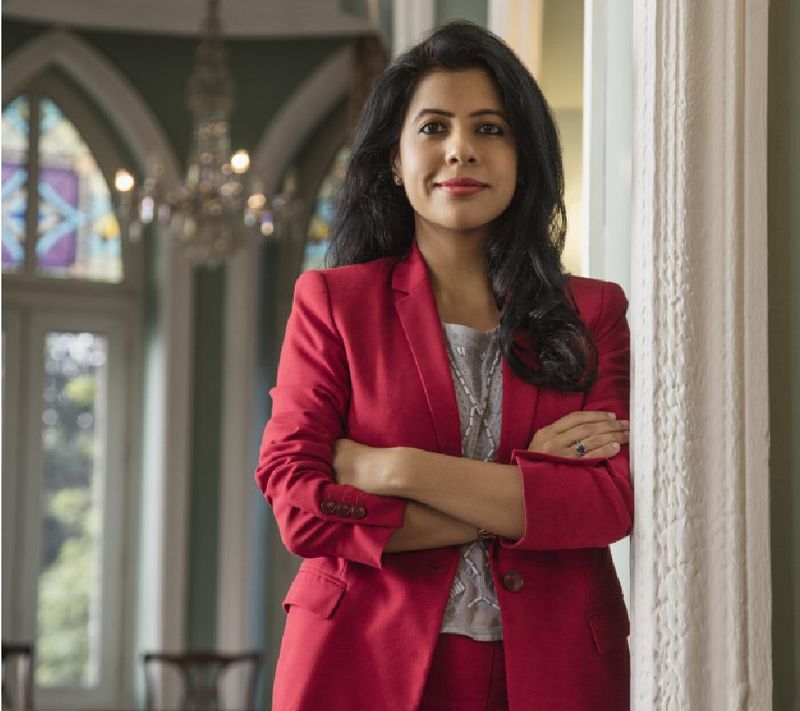A few weeks ago, I stumbled across a forgotten stash of handbags. I had bought these bags over the years with a lot of love (and money!) but they were redundant in my current life. Unsure of what to do with them, I turned to social media. In no time I had multiple requests to put them on sale — and in a matter of minutes of doing so they were taken.

The market of pre-owned products has been thriving in the West for some time now. In India too there has been a growing interest in acquiring pre-owned commodities — from fashion to decor, furniture to books everything has a market now. For those putting their things on sale, there is the assurance of their much-loved belongings going to someone with similar interests; for the ones buying these come with stories, love and promise of a better world.
Sustainably fashionable

“Do you know that 10 per cent of the global carbon emission is attributed to fashion — more than all airline and shipping emission combined?” Kirti Poonia asks me when I talk to her about her brand, Relove, that facilitates thrifting for brands and consumers. Poonia, known for her work at, Okhai, noticed the gap in the Indian resale market when she came across thrifting stores abroad. Many of her customers from Okhai had clothes — some brand new — which they could no longer wear. Selling them off was a natural choice but there were no avenues of doing that. And so, she and her partner Prateek Gupte, built a website that enables peer to peer resale. Today, Relove manages the entire resale process including technology integration, listing approvals, shipping, communication, customer care and traceability for multiple brands. “Our average selling time is six days, but there are times when the garments are gone in minutes,” informs Poonia.

With more and more people realising the importance of sustainability, there is a greater acceptance of pre-loved goods. “I used to shop a lot from brands like Zara and Vero Moda until I realised I had too much stuff which hardly gets used,” says Misha Paul, a marketing professional from Bangalore. Misha, who discovered thrifting in Amsterdam found it to be a great source of mindfulness and minimalism and has since switched to buying only second hand. “Sustainability, up cycling and wearing handmade clothes had always been a part of my life. With thrifting I feel closer to the life I had led growing up. Now everything I buy has a purpose, a story, and most of all prevents more damage to the environment.”

From cringe to cool
Not so long ago buying second hand was normal practice but somewhere in the last two decades it changed. With liberalisation and consumer goods becoming cheaper everyone wanted to buy new things. The demand for and perception of pre-owned shopping took a hit. Good news is that the mindset is changing once again. “I come from a middle-class family and it was normal for us to pass on, or share, books, clothes, saris and jewels,” says Chitrangada Sharma of Gurgaon who has gone back to buying pre-loved goods, primarily clothes and silver jewellery, in the past few years. “I feel thrifting and purchasing second-hand is an extension of this practice and am glad that it is becoming fashionable to do so,” adds Sharma. Pre-loved things, she says, are near-perfect and can be easily altered and repaired to suit personal needs. “Yes, traditionally buying second-hand has been associated with dearth of economic wealth but there is no shame in thrifting. Rather, it is the most mindful and ecologically conscious decision one can ever take.”

In faraway Canada, Mahak Sharma set up an entire life by thrifting and buying pre-loved household stuff. “Thrifting in a new country seemed like the obvious choice,” says Sharma. “It is a great way to source products to see if they fit your needs and not get overwhelmed with shipping and returns with brands you’ve never used before.” She agrees that while many still do not believe in buying ‘used stuff’ the perception is fast changing especially among the new generation who sees it as an opportunity to discover new stories and uncover new experiences.
Evolving customer base

With pandemic led fundraisers, awareness of environmental damage, and adoption of mindfulness as a way of life even those who can afford brand new clothes, household goods, fashion and consumer products are opting for thrifting. “Our customer base is huge,” explains Poonia. She attributes the steady growth in the customer base to celebrities and influencers advocating thrifting and secondhand shopping. Thanks to technology people who buy and sell on her website and associated circular brands can be anywhere from Guwahati to Guna, Delhi to Ranchi and be assured of transparency, honesty and great prices for brands that come with their own stories. “There is something for everyone — the deal seekers, the sustainability focused, the brand conscious and even Gen Z who feel this is the coolest new trend.”

Whoever the customer might be, the essence of thrifting is lost if you end up over consuming yet again, which is a sad but real side effect of the trend. “People today are repeating the same mistake by shopping too much only because it’s cheaper,” says Paul, “We must remember that the idea of secondhand shopping is to reduce the burden and not create more burden on the ecology.” But of course, it is a journey that one takes and as long as we evolve in the journey, giving pre-loved things a new home and a new life thrifting will serve its purpose.




